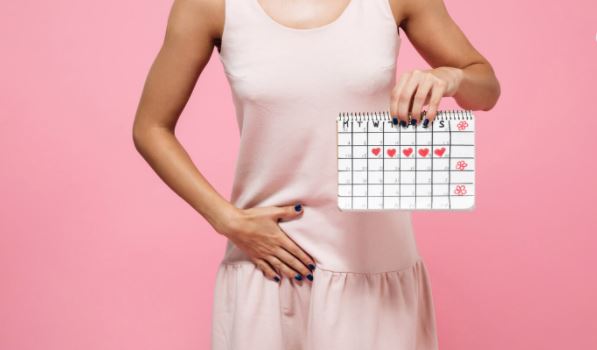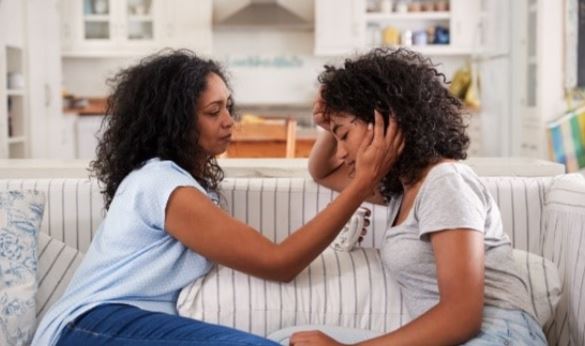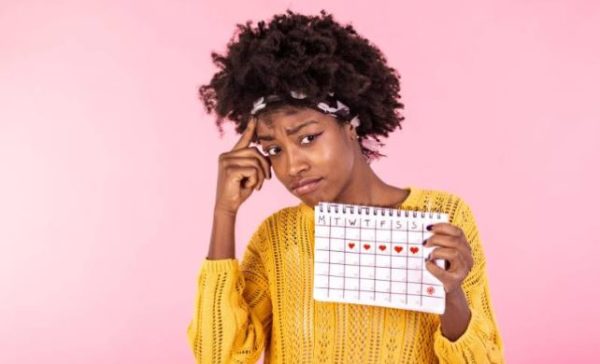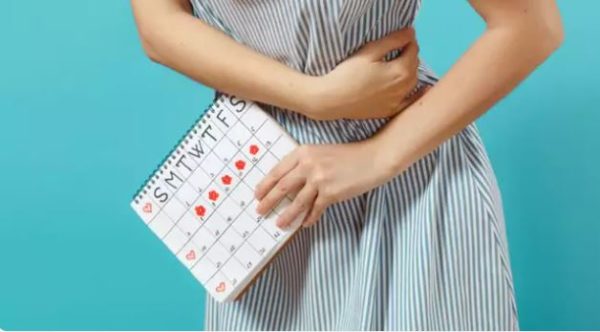Lifestyle
Why do some women have their periods twice a month?

The normal menstrual cycle lasts 28 days, however, it can last anywhere from 24 and 38 days. A person can have a period more than once a month if their menstrual cycle is shorter.
While irregularities in the menstrual cycle are not uncommon, having two periods in a month may suggest a more serious problem.
Having two periods in a month isn’t usually indicative of a problem, but it can signify major health problems. A person’s menstrual cycle may be shorter on at times, with two periods in a month.
Here 4 reason why some ladies menstruate twice a month.
1. Endometriosis
Endometriosis is a condition in which tissue from the uterus develops in other parts of the body.
Abdominal pain, atypical cramping, and irregular bleeding are all symptoms of endometriosis. Bleeding can be so heavy that it appears to be a new menstruation.
In some cases, a pelvic exam and ultrasounds can be used to identify endometriosis. The only definitive way to diagnose the disease is through a small operation called laparoscopy.
2. Perimenopause
The years preceding up to menopause, when a woman’s hormones begin to shift, are referred to as perimenopause.
Perimenopause can last anywhere from one to ten years. People frequently have abnormal menstrual cycles during this time, including shorter or longer cycles, skipped periods, or more or lighter flow.
Menopause occurs when a woman has not had a period for 12 months in a row.
3. Thyroid issues.
Periods may change as a result of thyroid disorders. The thyroid is a gland that regulates the body’s hormonal activities.
This little, butterfly-shaped gland controls activities such as body temperature and metabolism and resides immediately in front of the throat.
Thyroid disorders are often accompanied by irregular menstruation cycles. This is true in both hypothyroidism (underactive thyroid) and hyperthyroidism (overactive thyroid).
4. Uterine fibroids
Uterine fibroids are uterine growths. Fibroids are not usually malignant, although they can cause bleeding, particularly during menstruation.
Fibroid symptoms might also include:
1. Pelvic fullness or pressure.
2. Urination regularly.
3. Lower back pain.










